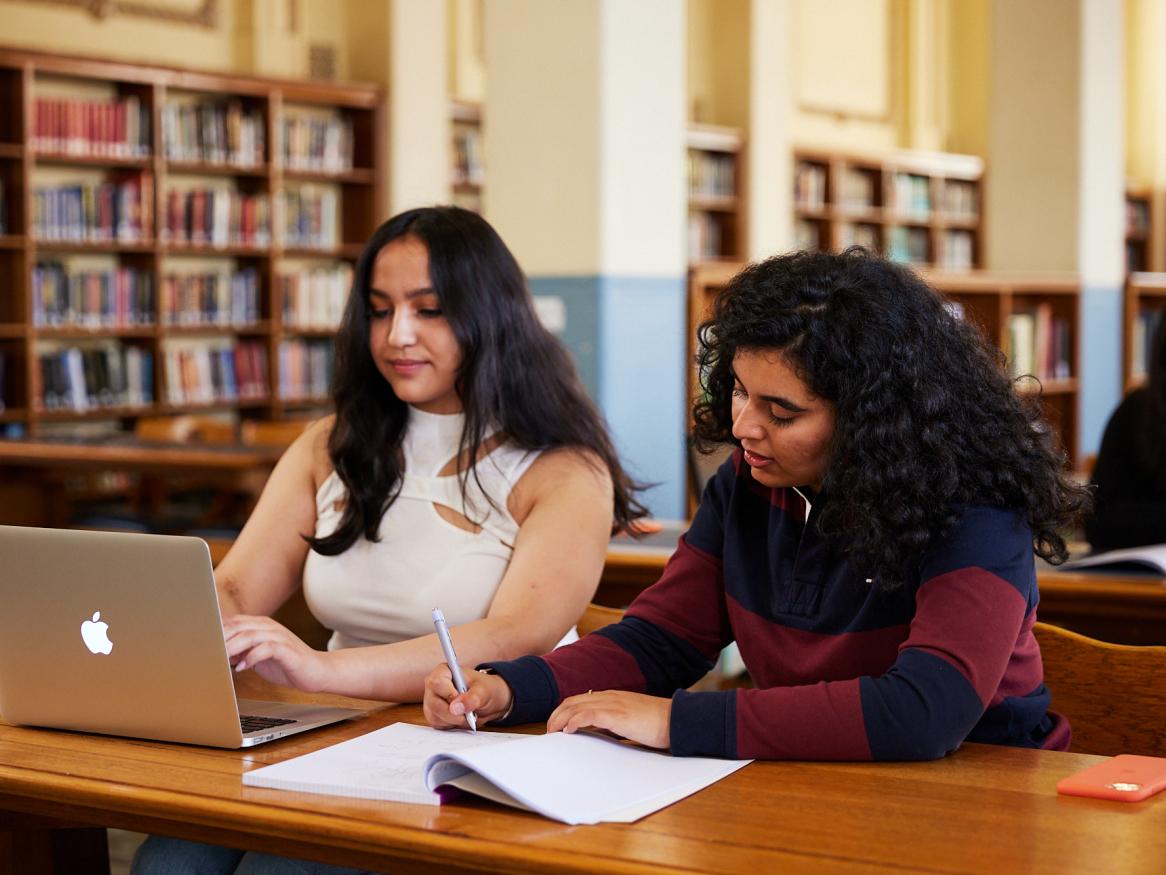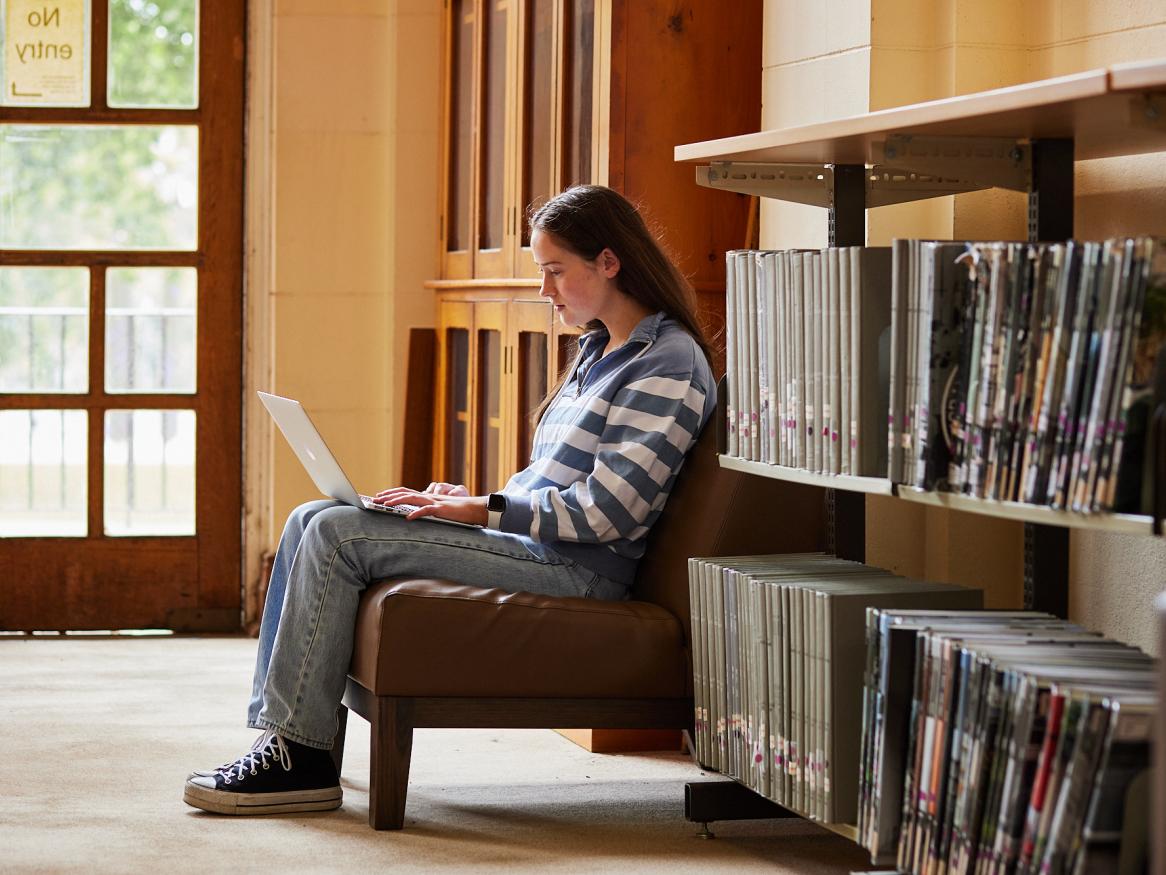Visualise Your Thesis

The Visualise Your Thesis competition celebrates research conducted by graduate research students around the world.
Developed by The University of Melbourne, graduate researchers are challenged to present their research in a 60 second, eye-catching digital display.
Submissions are judged on their visual impact and how well the content presents the research. Presenting in a digital format allows for different levels of creativity, multi-media, interactivity and interpretation, and is suitable for all disciplines.
The winner of the University of Adelaide Visualise Your Thesis competition receives a prize of $1000 and is given the opportunity to compete in the International online showcase hosted by The University of Melbourne in the later part of the year. All successful submissions qualify for 5 CaRST points.
2025 winners
Congratulations to Kelli Rust from the School of Animal and Veterinary Science for winning First Place, with her exceptional presentation:The Science of Hidden Smiles. Kelli will now go on to participate in the International competition and we wish her all the best!
Kelli Rust: The Science of Hidden Smiles
The rest of our winners:
Second place: Sebastian Deverson with The Importance of Being Flexible When Defending a Belief
(tied) Third place: Damjana Bogatic with Microbial Manipulation in Primary Sclerosing Cholangitis and Sachin Kumar with What if Your Thoughts Could Glow?
People's Choice: Mubeen Rehman with Exploring the Value of Water as an Investment
Congratulations again to all of our winners! A small presentation was held to acknowledge and celebrate their contributions.
Thank you to everyone who entered the competition this year and shared their research with us.
View all previous years submissions.
-
Key dates
Monday 14 April 2025 - registrations open
Monday 26 May 2025 – competition opens for submissions
Sunday 20 July 2025 – submissions close
August 2025 – University of Adelaide winners announced
October 2024 – International competition winner announced
-
Prizes
1st prize: $1000
2nd prize: $500
3rd prize: $250
People's choice: $250
All successful submissions will also be eligible to receive 5 CaRST points.
The winner must agree to their entry being displayed on the University of Melbourne’s Visualise Your Thesis website and in the University of Adelaide's online media. The winner is also eligible to enter the International Visualise Your Thesis competition and have a chance at winning a further prize.
-
Training
Self-enrol in the Visualise Your Thesis MyUni course and get help with planning and developing your presentation. Learn tips and tricks to create a visually impactful and engaging presentation.
If you have any questions or need further assistance, please contact us.
-
Entrant pack
Be sure to download the Entrant Pack, which includes the presentation template, third party copyright clearance form, and all other materials you'll need for your submission.
-
Eligibility
The Visualise Your Thesis competition is open to currently-enrolled graduate researchers (i.e. students enrolled in M.Phil., Masters by Research, Ph.D. or Professional Doctorate programmes) at any stage of their candidature who are active and attending.
Not eligible to enter the competition are
- Honours students
- Masters by coursework students (even if their program has a research/thesis component)
- Graduate researchers on a leave of absence (= inactive and not attending)
- Lapsed candidates
- Graduate researchers who are employed by your university who may have, or may be perceived to have, influence over the competition outcome, research funding or related resourcing, or an otherwise unfair advantage over the other entrants from your university
Research institutes affiliated with multiple universities may run their own VYT competition. However, graduate researchers may only enter one local Competition per year.
By entering you agree to to comply with the Visualise Your Thesis Competition's Terms and Conditions.
Can I re-submit an entry from a previous year?
Entries should be unique and original. The resubmission of previous entries is only permitted where substantial revision has occurred. And no doubt your research has progressed significantly, and you’d like your entry to reflect this! Please contact us if in doubt to discuss.
-
Judging criteria
The judging panel will judge entries based on topic understanding, communication and language, creativity and engagement, and topic significance categories.
Entries will be judged against the following criteria:
Topic understanding
- Does the video leave you with a better understanding of the topic?
Communication and language
- Is the research communicated/presented in language appropriate for a non-specialist audience?
Creativity and engagement
- Is the video creative and engaging (e.g. visually striking and memorable)?
Topic significance
- Is the significance of the research clearly explained?
-
Contact us
If you have any questions regarding the competition, please contact us for further information.


